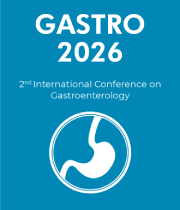Fecal-Oral Transmission of SARS-CoV-2 Gastroenterology
The severe acute respiratory syndrome coronavirus 2 (SARS-CoV-2) pandemic situation is quickly evolving, with global spread. Human-to-human interaction via respiratory droplets or direct contact is known to transmit the infection. Concerns about its dissemination via feces-oral and virus-laden aerosols-borne pathways have grown substantially in recent months. After viral RNA was found in stool samples of infected patients, transmission via the fecal-oral route has garnered considerable attention recently. SARS-CoV-2 may persist longer in the digestive tract than in the respiratory tract, according to certain research. Because underdeveloped nations lack the fundamental infrastructure needed to remove SARS-CoV-2 from the water cycle, outbreaks could occur often, as they have in the past with other viruses.
- Intestinal Infection
- Fecal shedding of virus and its transmission
- Fecal particles & virus-laden aerosols
- Presence of SARS-CoV-2 in the wastewater



